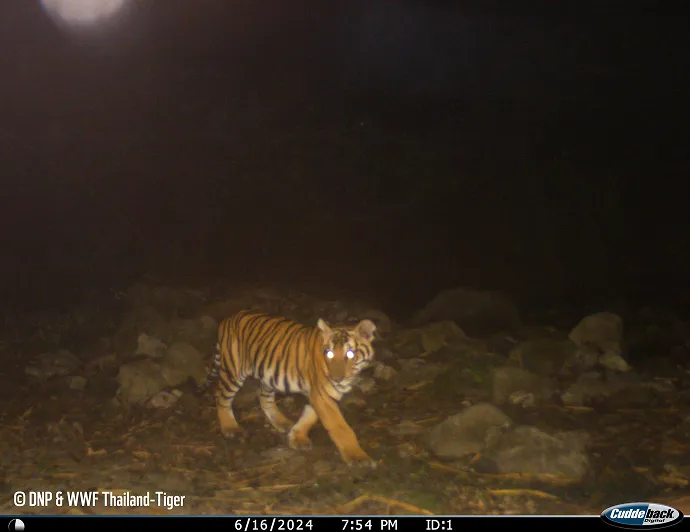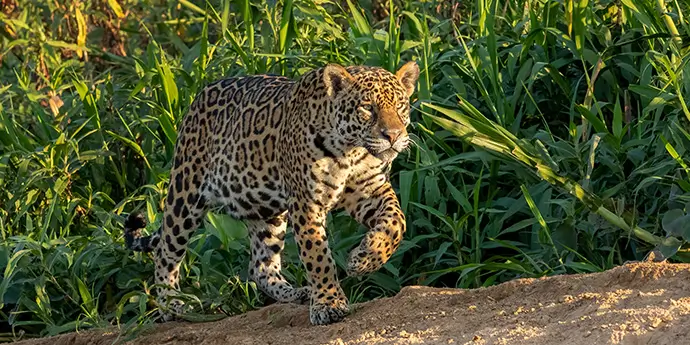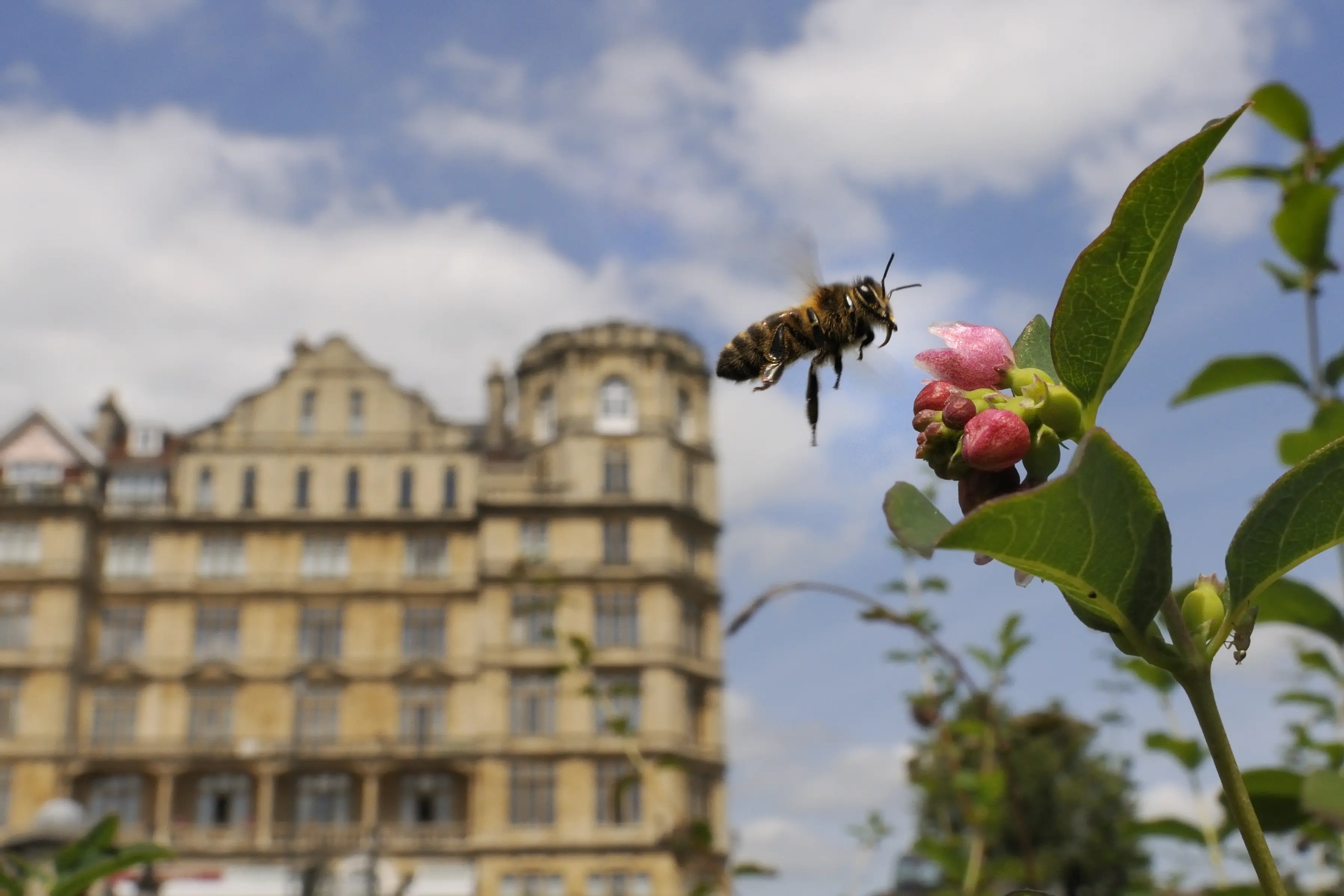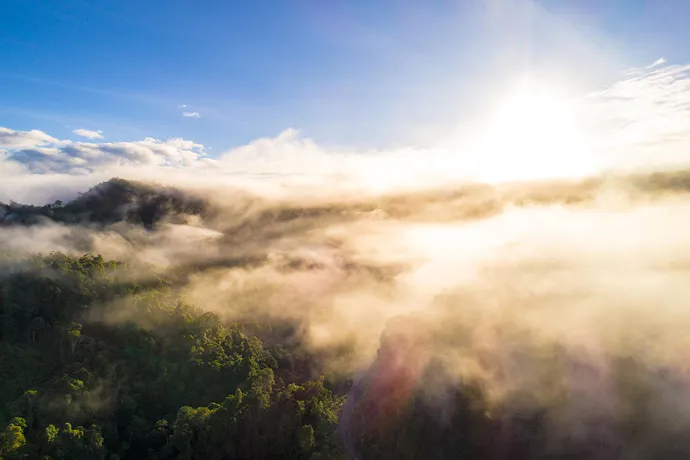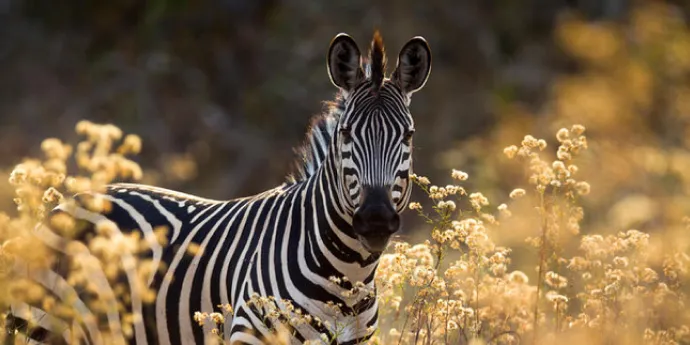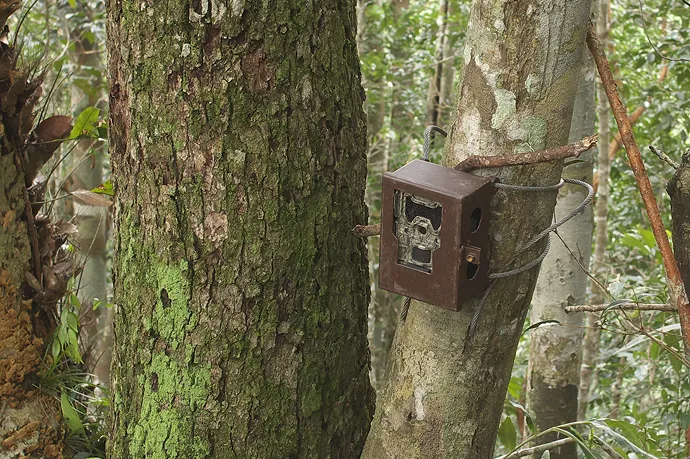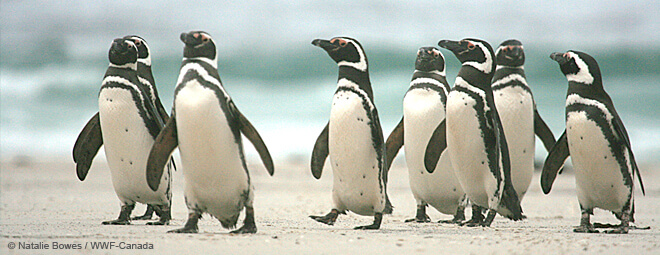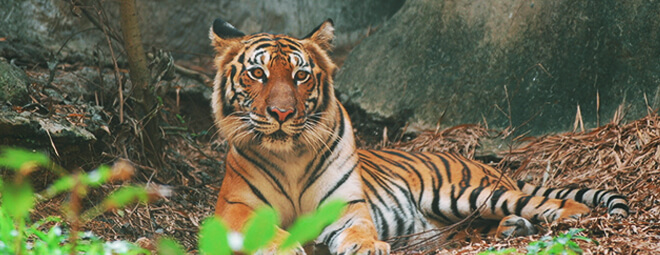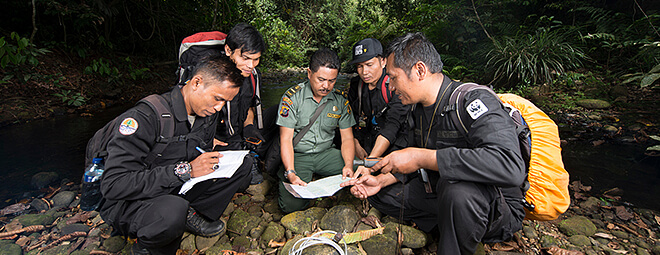ヒョウたちも信頼!「ヒョウの森」国立公園
2011/07/05
記者発表資料 2011年7月5日(仮訳)
WWFロシアと自然資源持続可能利用研究所(Institute of Sustainable Use of Natural Resources)は、「ヒョウの森」国立公園の南部のモニタリング区域で、アムールヒョウのカメラトラップ調査を行ない、予想外の結果を得ました。
2011年、沿海地方(プリモルスキー地方)の野生生物・狩猟局およびケドロバヤ・パジ国立自然保護区管理局は、管轄地域においてヒョウのモニタリングを行ないました。現場での調査は、ウラジミール・アラミレフ(Vladimir Aramilev)氏のリーダーシップのもと、自然資源持続可能利用研究所のチームにより行なわれました。最近使用され始めたデジタルカメラを用いたカメラトラップは、フィルムカメラではその設計上、仔を撮影することができないという短所を補うことができます。フィルムカメラは、通常最初にやって来る母ヒョウに反応すると、その後再び起動することができず、仔を撮ることができなかったのです。一方デジタルカメラは、個体の識別に十分な質の画像が常に撮れるとは限らず、高速でデジタルカメラの全ての機能をもっても、たった1枚のヒョウの画像しか撮影することができませんでした!
このため、カメラトラップの使用開始以降初めて、デジタルメディアを備えた数台のカメラがビデオモードで設置されました。研究者の計画では、得られた映像から個体の識別に十分な質の画像を何枚か作成することが可能になります。これは更なる分析に役立つでしょう。
調査参加者の一人で、WWFロシア・アムール支部の種プログラムを担当するセルゲイ・アラミレフ(Sergei Aramilev)は次のように話しています。「モニタリング方法の修正は、純然たる科学的根拠に基づいており、その意図はデータ処理を容易にし、追加情報を得ることにありました。さらに、映像のおかげで、いくつかの動物の生態的特性を明かすデータを得ることができました。私たちは、2頭のヒョウが一緒に現れる記録を得ることができました。ある場面は「ヒョウの結婚式」であり、また別の場面では、メスのヒョウが成長した仔といるところを捉えていました。調査結果は、モニタリングが行なわれた区域の個体数が50%増えていることを示していました。これは、驚くべきことです。
強調したいのは、確認されたヒョウのグループの中で、繁殖可能な年齢にあるメスは、少なくとも4頭いるということです。これは全体の個体数の増加を証明するものではありませんが、増加の傾向は示しています。ヒョウの生息地全体のモニタリングが終了する次の冬に、この傾向が正しいと証明されることを期待します」
カメラトラップを使い始めてからこれまで、南部のモニタリング区域に現れたヒョウの数は、毎年7~9頭でした。今年の調査では、これまでで最も多い個体数を撮影することができました。現在、12頭のヒョウがこの地域に生息しています。さらに、カメラトラップで捉えたもののうち、8頭は以前から私たちが知っているヒョウでした。つまり、2009年以降に確認された南部のモニタリング区域のすべてのヒョウは、同じ地域で生存し、しかも4頭のヒョウが加わっていると言えます。
WWFロシア・アムール支部代表のユリ・ダーマン(Yury Darman)は、「その数字を聞いて本当に嬉しく思いました」と話しています。また道のりの途中である「ヒョウの森」国立公園の設立が、既に結果を出しているのです。ケドロバヤ・パジ(Kedrovaya Pad)国立自然保護区がレオパルドヴィ(Leopardovy)野生生物保護区を主導する形で、統一された保護管理が行なわれるや否や、ヒョウは安心して仔を生み、育てているのです。南部のモニタリング区域で確認されているヒョウが全て生息し続けているという事実は、あることを証明しています。それは、異なる管理下にあった複数の保護区を、一つの効果的な管理の行なわれる国立公園に統合することは、正しい考えであるということです」
北部のモニタリング区域では、WCS(Wildlife Conservation Society)が同様のモニタリング調査を行っています。その対象区域は、レオパルドヴィ野生生物保護区とネジンスキー(Nezhinskoye)狩猟区の一部を含みます。これら南部および北部のモニタリング区域の統合調査結果は今後、発表される予定です。
原文
Leopards trusted in national park!
The results of the current Far Eastern leopard camera trap survey carried out by WWF Russia and the Institute of Sustainable Use of Natural Resources on the “southern” monitoring plot, were unexpected.
This year the Wildlife and Hunting Department of Primorsky Province and the administration of “Kedrovaya Pad” nature reserve took charge over leopard monitoring on the territories under their management. Field work was carried out by the team of the Institute of Sustainable Use of Natural Resources under the leadership of Vladimir Aramilev. Recently used digital camera traps helped to get rid of the common disadvantage of film cameras, which design features did not allow to obtain the data about the litter. Having reacted on the mother (she comes first, as a rule), the camera “could not come to life” again and missed the cubs. On the other hand, digital cameras do not always produce images of a good quality, that are satisfactory enough for the identification of the individuals, and even with fast speed and all the capabilities of digital cameras, it was possible to get only one image of a leopard!
For this reason, for the first time ever throughout the period of using camera traps, some cameras with digital media were placed in video mode. According to the researchers’ plan, the obtained video footage could be used for making several images good enough for the identification, which is more convenient for the further analysis.
“Certain modifications of the monitoring methodology had a pure scientific basis and were intended to make data processing easier and obtain additional details, – comments Sergei Aramilev, one of the survey participants, Species program coordinator at WWF Russia Amur branch. - Moreover, thanks to the video, we had obtained the data revealing a few peculiarities of animals’ life. We received the recording where two leopards showed up together. In one case it is a “leopard wedding”, in another – a female leopard parenting her grown-up cub. The results, indicating the increase of the numbers on the experimental area by 50%, became the main surprise. Let’s stress out, that there are not less than four female leopards of reproductive age among the registered group of leopards. This certainly does not prove the growth of the whole population, but demonstrates the tendency towards its increase. We hope that next winter, after the monitoring is carried out on the whole leopard home range, this trend will be proven true.”
In all the previous years of camera-trapping, the number of leopards showed up on the “southern” monitoring plot varied from 7 to 9 animals. This year the survey gave the record breaking numbers: today 12 different leopards inhabit this territory! Moreover, 8 animals registered by the camera traps are our old friends. We may state that all leopards from the “southern” monitoring plot known since 2009 still remain living on the same territory and nobody is missing! Just four more leopards had arrived!
«I felt truly happy after hearing these numbers! – comments Yury Darman director of WWF Russia Amur branch. - Even the first intermediate steps on the way to the establishment of the “Land of Leopard” national park bring results already. Right after “Kedrovaya Pad” nature reserve took charge of the “Leopardovy” wildlife refuge, maintained regular protection on its territory – the leopards felt safe, they deliver and bring up their litter. The very fact, that none of the leopards, registered on the “southern” monitoring plot, has disappeared gives us an incontrovertible proof: bringing several separate protected areas of different levels of management into the one united powerful and prosperous national park was the only right idea!”
Similar activities are conducted by WCS on the “northern” monitoring plot, covering the part of federal wildlife refuge “Leopardovy” and “Nezhinskoye” hunting estate. Integrated data obtained from the “south” and “north” monitoring plots will be provided later.



